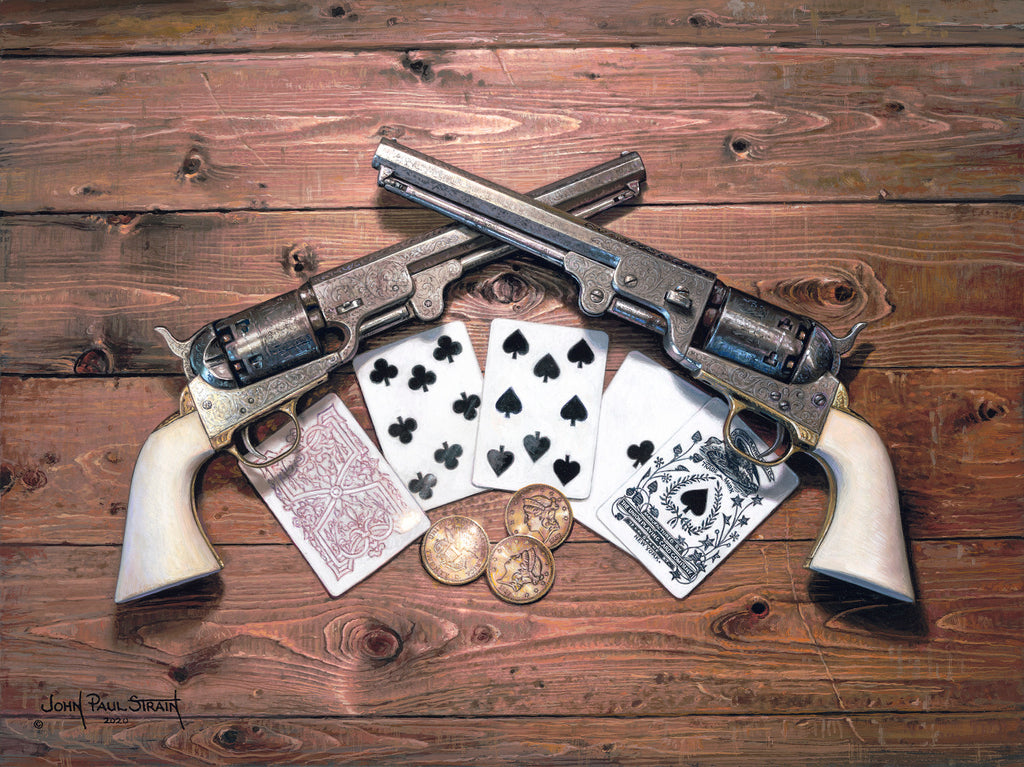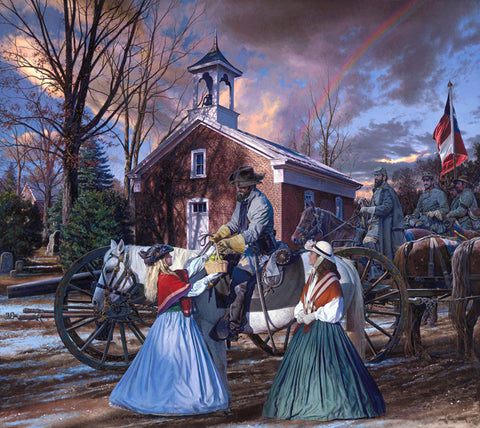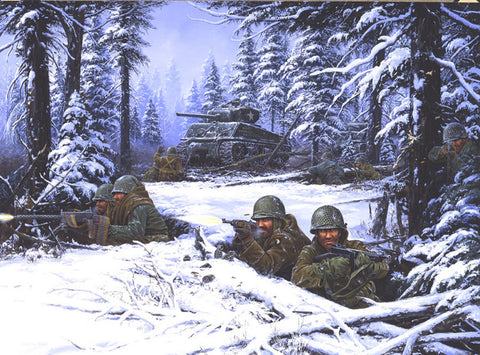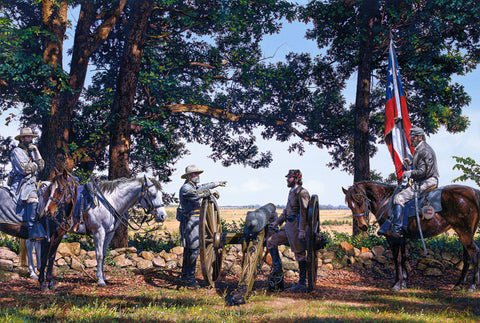Aces and Eights
by John Paul Strain
Aces and Eights
(The dead man’s hand)
Historical bio: Wild Bill Hickok was a dashing figure in the 1870s. He stood 6’3” wearing a black or gray wide brim hat that swooped up to the side. He had blue-gray eyes, a mustache, and brownish blonde long hair that fell to his shoulders. He dressed
impeccably in town, with custom-made tall boots, Prince Albert frock coat, and a colorful tie. His persona was that of a dangerous man. But perhaps most intimidating of all was the pair of ivory-handled, engraved Navy Colts he wore, turned forward for a “twist” fast draw. His reflexes were like lightning, but it was his accuracy and bullet placement that astonished friend or foe.
Hickok had many women admirers, including George Armstrong Custer’s wife, Libbie.
There were even rumors of an affair. Libbie Custer wrote the following about him in her 1890 book Following the Guidon: “Physically, he was a delight to look upon. Tall, lithe, and free in every motion, he rode and walked as if every muscle was perfection, and the careless swing of his body as he moved seemed perfectly in keeping with the man, the country, the time in which he lived. I do not recall anything finer in the way of physical perfection than Wild Bill when he swung himself lightly from his saddle, and with graceful, swaying step, squarely set shoulders and well-poised head, approached our tent for orders. He was rather fantastically clad, of course, but all seemed perfectly in keeping with the time and place. He did not make an armory of his waist but carried two pistols.
He wore top-boots, riding breeches, and dark blue flannel shirt, with scarlet set in front. A loose neck handkerchief left his fine firm throat free. I do not remember all his features, but the frank, manly expression of his fearless eyes and his courteous manner gave one a feeling of confidence in his word and in his undaunted courage.”
Wild Bill Hickok arrived in Deadwood, South Dakota, in July 1876 to prospect for gold in the Black Hills. In the evenings he became a regular poker player at Nuttal & Mann's Saloon, also known as “Saloon #10”. On the afternoon of August 2, 1876, he was playing cards with his back to the door, breaking one of his safety rules. A young miscreant named Jack McCall walked quietly into the saloon and approached Hickok from behind and shot him in the back of the head, instantly killing him. The cards he was holding at the time were a pair of black aces and a pair of black eights. This poker hand became known as "the dead man's hand” from that point on. McCall was eventually tried for his crime and on March 1, 1877 he was executed by hanging. Hickok’s Navy Colts were raffled off to pay for his burial expenses. Even after his death, the legend of Wild Bill Hickok lives on.
Paper Giclées
250 S/N Paper Giclées - $225
15 Artist's Proof Paper Giclées - $325
Image Size: 16 1/2: x 22"
250 S/N Miniature Paper Giclées - $175
15 Artist's Proof's - $225
Image Size 12 1/4" x 16 1/2"
Canvas Giclées
250 S/N Studio Canvas Giclées - $275
15 Artist's Proof Studio Canvas Giclées - $325
Image Size 16 1/2" x 22"
250 S/N Miniature Canvas Giclées - $175
15 Artist's Proof - $225
Image Size 12 1/4" x 16 1/2"






Share this item: